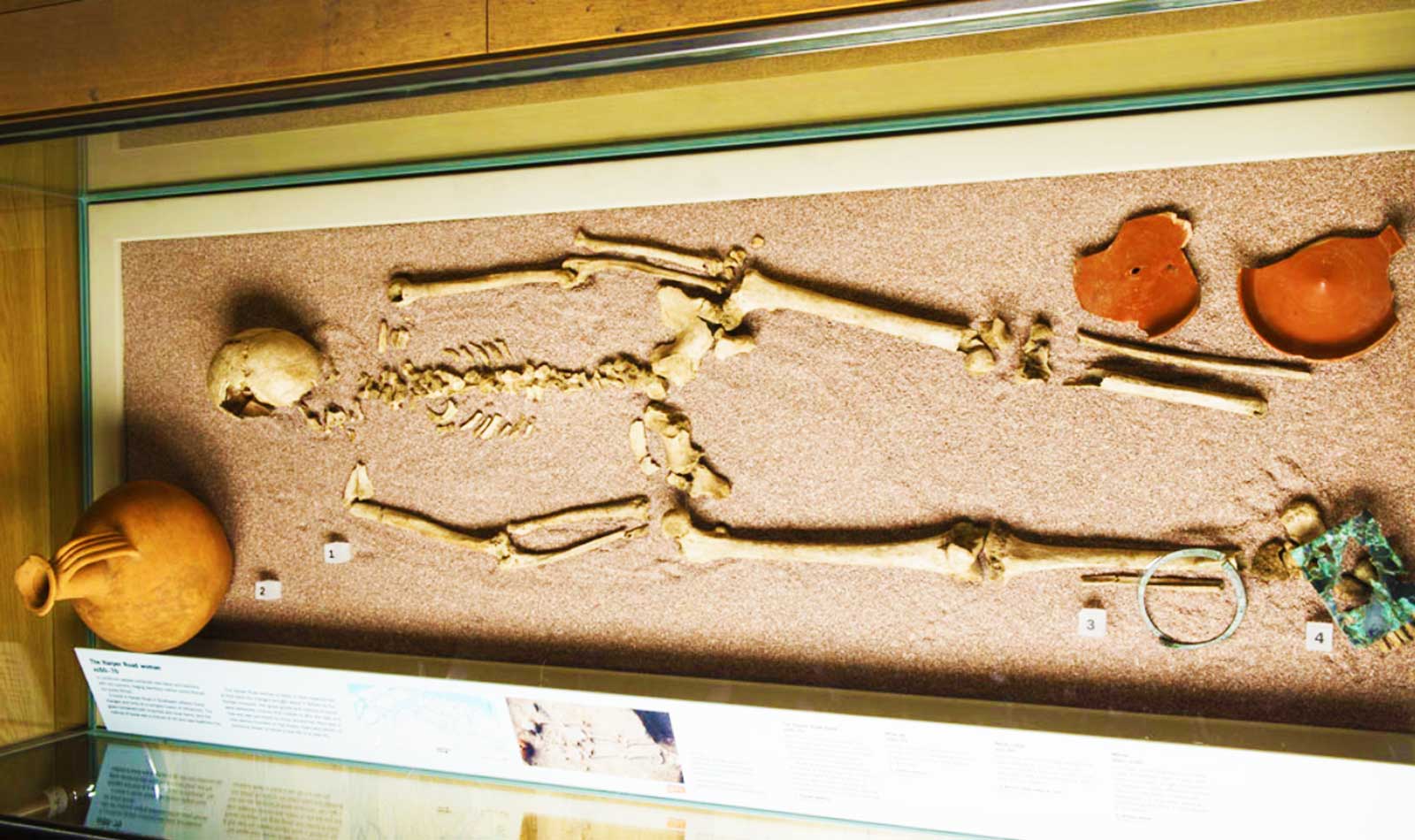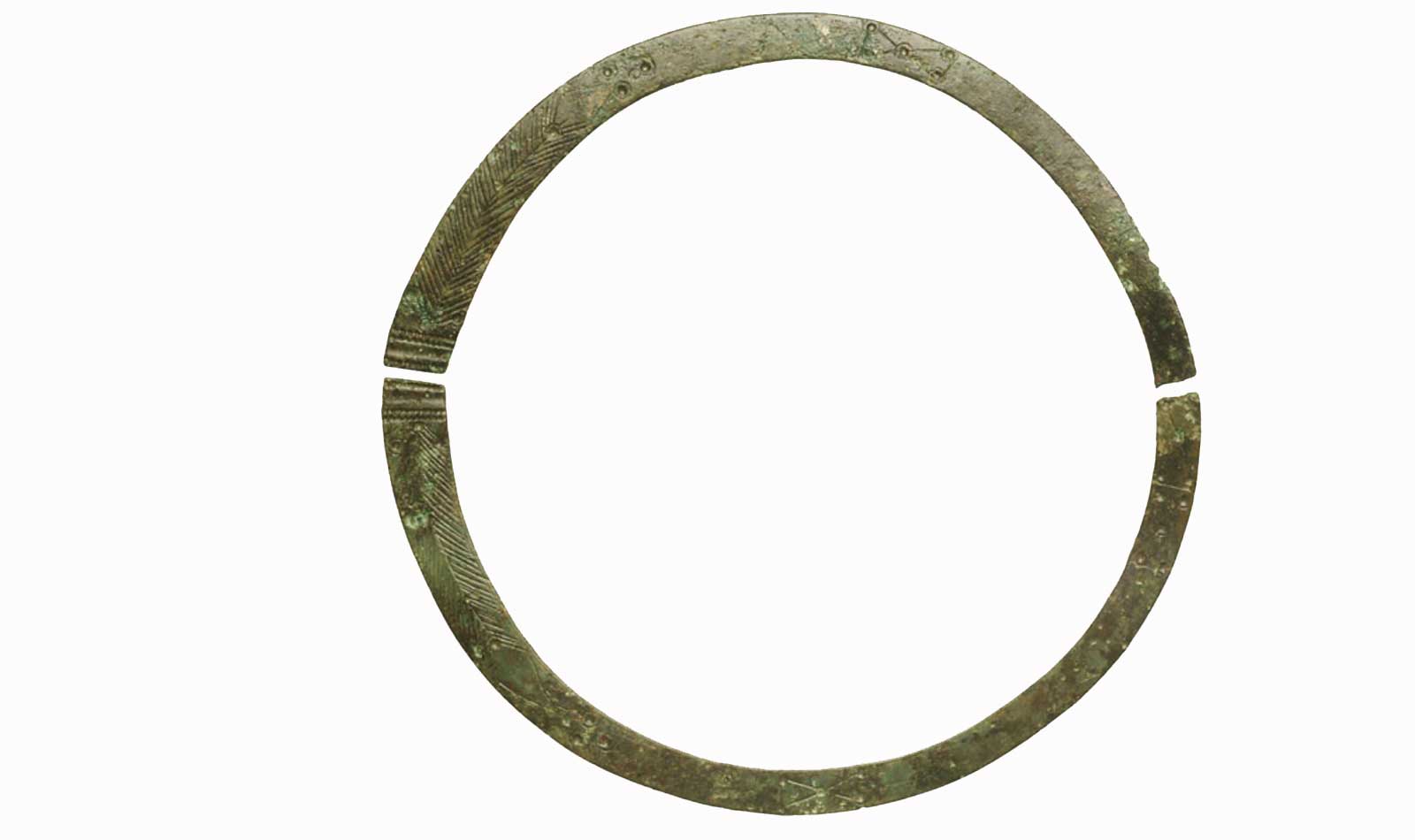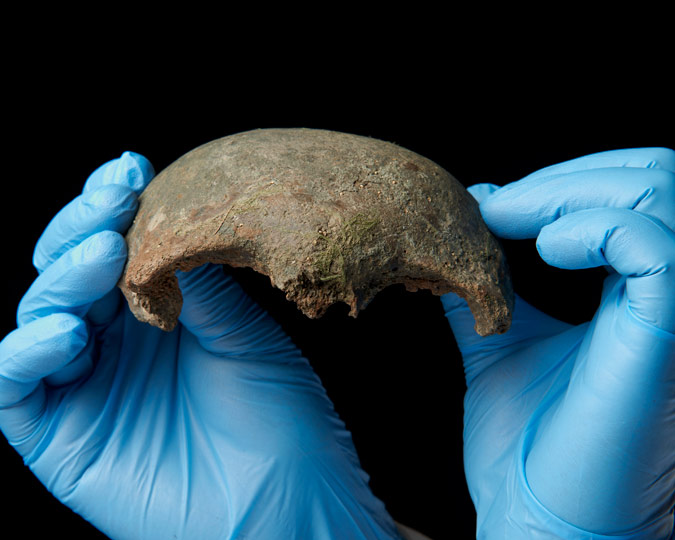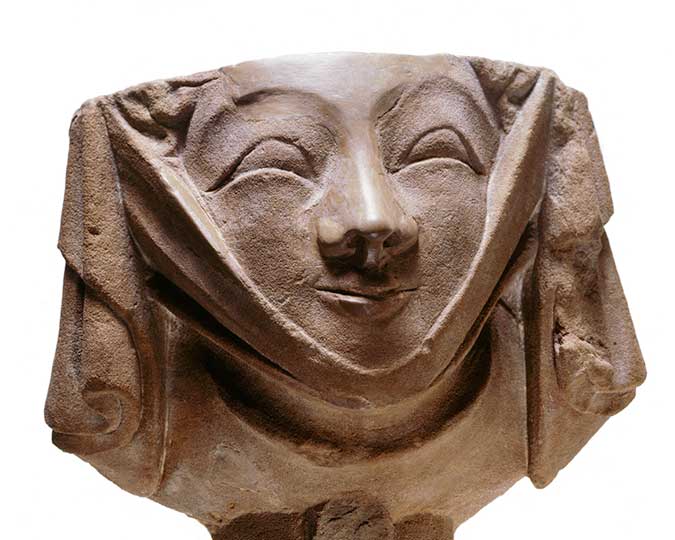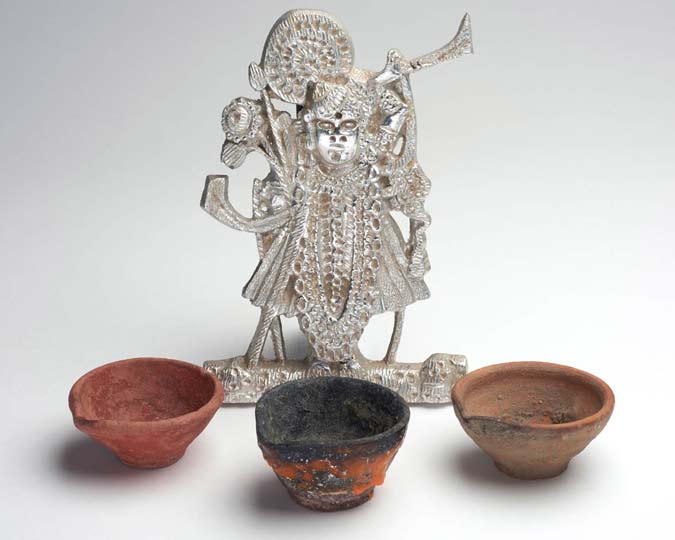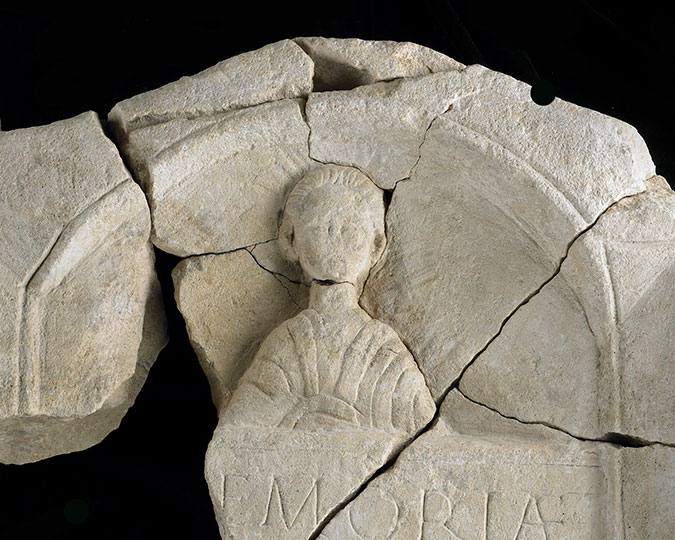How do we know that women held positions of power in Iron Age and early Roman Britain? Human Osteology Curator Rebecca Redfern explains what the burial of a high status woman tells us about gender and power at a critical time in British history.
Please note this article was authored by Dr Rebecca Redfern (Human Osteology Curator), and Michael Marshall (Museum of London Archaeology), with Drs Tom Booth, Marina Silva, Kyriaki Anastasiadou, Alexandre Gilardet, Monica Kyriacou, Pontus Skoglund (The Francis Crick Institute).
In 1979, a student training dig organised by the Southwark and Lambeth Archaeological Excavation Committee, encountered a unique burial at Harper Road in Southwark. The burial dates from 50 to 70 AD, spanning a critical period in British archaeology, marking the end of Iron Age tribal communities and colonisation by the Roman Empire. Archaeological evidence shows that although the Claudian invasion of Britain happened in 43 AD, the people of Britain continued many of their traditions and culture under the early years of Roman rule.
The burial was positioned on the opposite side of the river to the formal Roman settlement of Londinium, which by 50 AD had only been in existence for less than a decade. In Southwark, a less regimented and ordered settlement had arisen, inhabited by migrants from elsewhere in the Roman Empire, as well Iron Age people, as roundhouses have been found there.
The person had been buried in a coffin and was accompanied by a range of objects, some from the Continent, others from Britain, but all chosen to reflect their status and power. Ancient DNA (aDNA) analysis conducted earlier this year and study of the skeleton’s skull and pelvis have found that the human remains are female, and analysis of her skeleton found that she was between 21 to 38 years old. Previous aDNA work found that she had brown eyes and dark black hair, and by examining the chemicals in her dental enamel, it revealed that she had grown-up in Britain.
The items chosen to accompany her in death show connections to both the Iron Age way of life and the Roman Empire. We know from the writings of Roman authors and archaeological evidence that for some time before the Claudian invasion, the Iron Age communities of southern Britain had close political and trading connections with the Roman Empire. Many leaders and high status people adopted ‘Roman’ habits, such as drinking wine and using olive oil imported from the Mediterranean. Enslaved people and valuable goods were traded for these luxuries.
The three pottery vessels placed by her shoulder and leg, are imported from Europe and have evidence for a potter’s name-stamp ‘Vitalis’, perhaps a clever play on words, as the Latin word means life and vitality. We know from writing-tablets and inscriptions found in Roman London that its first inhabitants were very literate. The rectangular mirror is a luxury object, these are usually only found in women’s burials, and the majority of the ones identified in late Iron Age and early Roman Britain are round. The one placed by her feet was not made in Britain but comes from Roman Europe. It is an expensive and complicated object, it shows a concern with personal appearance and grooming that is seen in the burials of high status people at this time, but it also has an important symbolic role. Many archaeologists think that mirrors were the female equivalent of a male sword burial. They suggest that mirrors were used by women for divination and magic, and were a source of knowledge that only women could command. Being able to use and read the mirror meant that the woman was highly regarded by her community.
The most evocative object in her burial is a bronze neck ring or torc. It had been broken in two and placed next to the mirror- perhaps echoing the breaking of her power? It is a fine and light object, and the design is unique in Britain, perhaps meaning that it was made especially for her at a time when two cultures were meeting and new ways of living were being created. It is decorated with a ring-and-dot pattern, which is commonly seen in Iron Age objects, but is decorated at the ends with feather motifs and hatched lines – designs commonly seen in armlets worn by Roman soldiers. Studies of other Iron Age bracelets and torcs from southern Britain which date to this period show that these decorative forms are common in Hertfordshire and east Anglia, territories of the Trinovantes and Catuvellauni tribes – perhaps the woman buried at Harper Road came from one of those communities. The combined design elements in the torc shows us how high status Iron Age people responded to colonisation.
The combination of unusual objects, along with the influence of and direct engagement with Roman design, shows us that the woman had prestige and wealth. The power expressed in her burial reflects the high status women could hold in Iron Age communities, but it is also poignant, as the freedoms and status women had enjoyed were rapidly being diminished under Roman rule. Anthropological and ethnographic evidence has found that during periods of colonisation, women more than men are more likely to become intermediaries between cultures – perhaps this was her role? The careful placing of her body and the objects in the grave publicly displayed their own traditions, but also how these were changing in response to the invasion.








